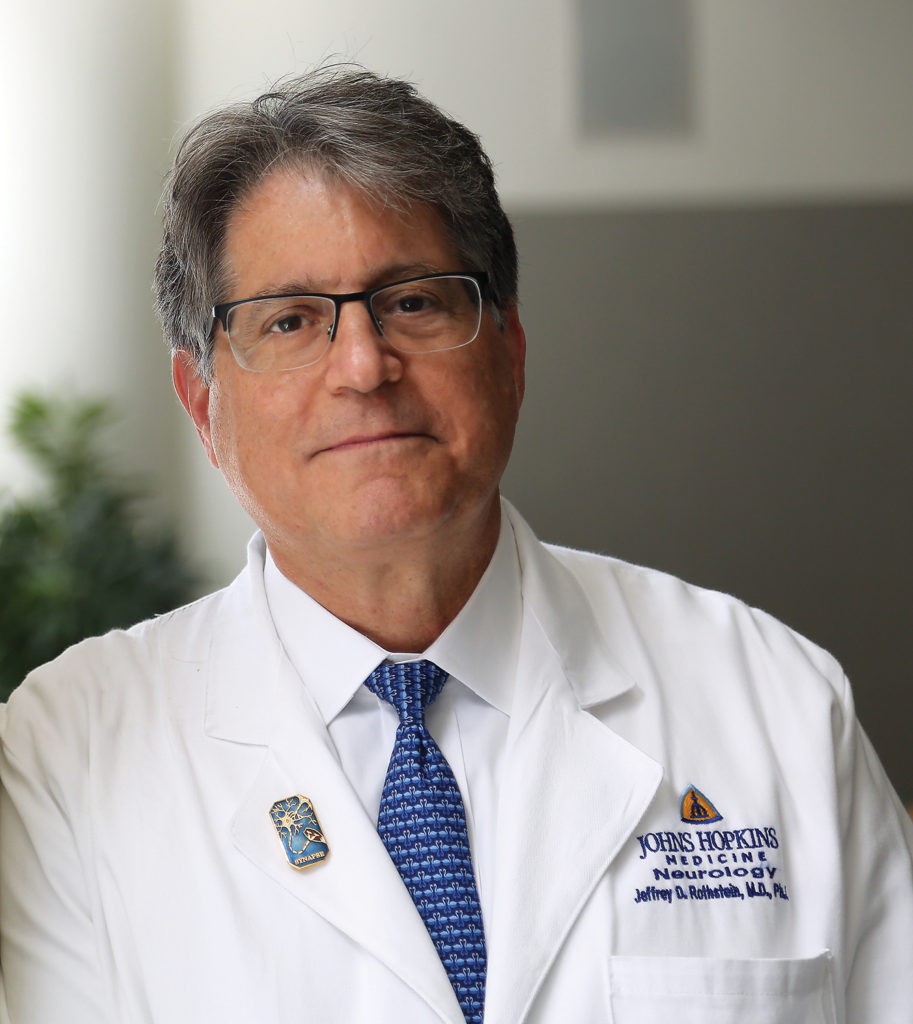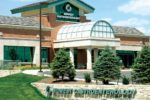On the forefront of ALS research for the past 15 years, tackling key questions on the causes and treatments of ALS through collaborative, scientific efforts is looking into the future with hope for a cure.
“You have ALS.” Those are three words no one wants to hear. It is a diagnosis that, at present, comes with a grim and unfortunate prognosis. While most patients may die within three to four years after diagnosis, others may pass within months while a select few may survive for a decade or even longer. Due to the complexity of the disease and because of individual patient variables, no specific time table exists to determine for how long one will survive, and even more paralyzing is the understanding that no current treatment exists to slow down or halt the disease. And as patients present myriad questions to their physicians, the answers cannot be readily or accurately conveyed, nor can any combatting drug be readily dispensed.
However, the resolve and unwavering ambition of medical researchers has not been diminished, and, in fact, has flourished in recent years, thanks to new initiatives and understandings of the disease. The physiology of ALS has gained notable understandings, and while there is not a powerful treatment, scientists have turned the corner on learning more and more about this troubling death sentence. Currently there is one FDA-approved drug – riluzole – that modestly slows the progression of the disease in some people, but ambitious and valiant research efforts continue to gain traction against this formidable giant and hope still has its designated place on the horizon.
“We have made significant strides in understanding this disease, including its inherited form and any risk factors,” explained Jeffrey Rothstein, MD, PhD, Professor of Neurology and Neuroscience, Director of the Brain Science Institute and of the Robert Packard Center for ALS Research – Johns Hopkins University School of Medicine, who continues to maintain a positive stance with respect to good news. “I like to think that a good treatment for ALS will prevail within my lifetime.”

Certainly researchers want to discover a cure, but the complexity of this disease is what creates the challenges. For nearly two centuries, ALS has made its presence known, but little has been understood about the personality of its pathways.
One exciting initiative responsible for increased optimism is called Answer ALS, the brainchild of Dr. Rothstein, who describes it as “the most comprehensive project ever undertaken in ALS and perhaps the most comprehensive project ever undertaken in any type of neurologic disease.”
This nationwide program, comprised of 1,000 patients and a whole consortium of individuals, is fueled by its mission to build the most comprehensive assessment of ALS – clinical, genetic, molecular and biochemical – from a vast sampling of ALS patients in the US, reflecting real people living with the disease. Through the partnership of big data technology and machine learning, the information acquired will be aggressively mined to pull back the cover on ALS and potentially discover what causes this disease, its subtypes and pathways, as well as point the arrow towards drug targets.
Additionally, Answer ALS is committed to developing information that is readily available to researchers world-wide at no cost to further propel their research efforts as well, working together to find a solution in the most efficient manner possible. This organization serves as a foundation for new clinical trials and new ways to subgroup participants to better discover successful drugs and to find responsive biomarkers or diagnostics. In short, it is taking a community-based effort on the fast track towards increased insight and discovery, with hope and promise at the wheel. Together, they share ideas, successes, and even the challenges.
But Dr. Rothstein proceeds with cautious optimism, noting that even though drug trials are currently underway, he does not see a blockbuster in that regard on the immediate horizon, but that does not eradicate long-term possibilities for the discovery of effective drugs.
“ALS is a variable disease,” he explained. “On the surface, I can’t tell if a patient will live a year or 20 years (with this disease), as the timeline for progression varies from patient to patient.”
Unlike cancer, ALS cannot be understood through biopsies. However, by growing stem cells from the patient’s own blood and turning them into brain cells, it remains easier to identify the types of ALS patients.
“When we understand brain tissue through this stem cell surrogate, it can lead to the discovery of new drugs to treat this disease,” explained Dr. Rothstein. With the opportunity to study cells representative of each patient participating allows the researchers the potential to understand and learn more about the factors contributing to their particular form of the disease, and ultimately to “personalize” this approach to ALS.
“New research in ALS shows it overlaps extensively with dementia,” said Dr. Rothstein, who noted that from a genetic standpoint, a brother could have the gene that causes ALS while the same gene in the sister could cause dementia.
In struggling with the diagnosis of ALS and understanding what that means in terms of a prognosis, some patients may seek to find purpose in their lives by either committing to various fundraising efforts, choosing to participate in an ALS research study program, or perhaps deciding to donate their bodies to research upon their passing.
“Donating tissues is extremely important to further the advances in research,” emphasized Dr. Rothstein.
For more information on Answer ALS, go online at answserals.org. For more information on the The Robert Packard Center for ALS Research at Johns Hopkins, go online at alscenter.org.



